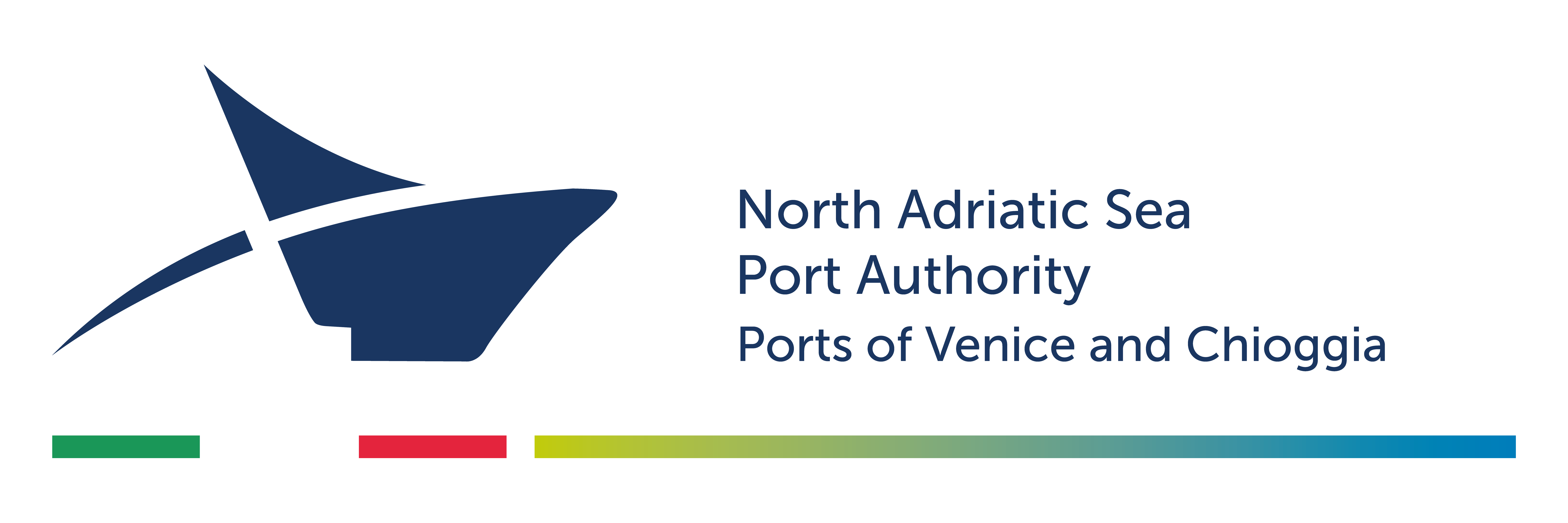Safety regulations for the areas of the Ports of Venice and Chioggia.
Admission to the port area
Anyone who must enter common operating areas not open to public use and Terminal areas must have a personal access permit.
Cruise ship passengers, departing or in transit, must also show their travel document in electronic format. Temporary access permits may be issued by AdSPMAS to those who:
- have the need to access the offices of public and/or private bodies existing in the port areas;
- must carry out inspections, also for the purposes of emergency interventions, in port areas;
- have submitted an application for access to the port areas and are awaiting the release of the final access permits.
You must not
- smoke or start fires:
– inside port stores and within a range of 10 metres outside of them;
– on the quays and on the ships where hazardous goods or various packaged goods are handled or in their immediate vicinity within a range of 10 metres;
– in all the yards and quays where easily combustible or flammable goods are stored;
– near filling stations; - take pictures;
- enter restricted areas or operations-under-way fenced areas;
- arbitrarily use fire-fighting equipment;
- pass through or stop within the radius of action of lifting and/or handling devices;
- leave any waste in port areas unless inside proper boxes.
You must
- use protective helmets on quays and yards;
- use hearing protectors in all areas reporting noise emission equal or above 90 leq dB(A);
- obtain the necessary authorizations before starting any work;
- only use main roads (see layouts overleaf) to reach non-operational areas;
- park motor-vehicles at authorized car parks, located outside the quays, keeping the road bed clear;
- use marked entrances to reach the quays or the operational yards and, for passengers boarding, assigned walk areas;
- strictly follow the vertical and horizontal markings and the highway code;
- keep the railway track bed clear.
Main safety standards
- To receive authorization to operate within the Cruise Terminal Port, acquaintance with and enforcement of operating and emergency procedures is required. (The Port Authority will check actual acquaintance with and enforcement of the procedures).
- You must not use alcoholic beverages, drugs and ingest medicines (barbiturates, amphetamines etc.) which may cause impairment to the capacity to act.
- You must not perform any activities or enter different port areas from those described in the issued authorizations.
- You must not adopt any behaviour which may cause disturbance or hazard to people.
- You must directly notify the Safety Area of the Port Authority – by calling telephone number 4545 – of any injury or accident notwithstanding its severity and extent.
- During transfers, you shall pay maximum attention to the transit of:
- public works vehicles, which have right of way in any case;
- trains, which have right of way in any case and whose transit occurs on unmanned and flush tracks, across the road network and/or operational areas. The flush railway tracks and the tracks of the quay cranes also present risks of slipping and falling.
- Vehicles speed shall be less than 30 Km/h for cars and less than 20 Km/h for other motor-vehicles. The speed limit for any motor-vehicle is additionally reduced to 15 Km/h on quays Friuli, Cadore and Veneto (10 Km/h by night and in case of poor visibility).
- You must respect speed limits, road markings and set routes for road traffic as well highway code rules.
- Motor-vehicles are also admitted on the cruise terminal quays for the strictly necessary time for boarding/disembarking loading/unloading passengers and goods; you must only park in ad-hoc parking spaces outside the quays.
- Coaches, taxis and cars of accompanying people shall only park in ad-hoc parking areas.
- Passengers and accompanying people shall not leave, in any case, assigned walk areas and routes.
- Temporary parking of motor-vehicles must never occur on the railway track bed, with a setback line of 1.5 metres.
- Pay maximum attention in all operational areas – danger of accident and fall of materials from above.
- Pay maximum attention in the proximity of quays – danger of falling in water.
The delimitations of fenced areas indicating port activity zones shall be respected.
Emergency procedures
If you personally witness a fire of any nature or severity, or a serious emergency (e.g. spillage of hazardous chemicals), you must report it from any emergency telephone located in the port area, by calling the numbers written on the plate placed in proximity of each telephone; in particular call the following authorities in case of emergency:
- Port Authority, Safety Area: +39 041 5334545
- Fire Department, Emergency: (0)115 From port-internal telephones 86665
- Harbourmaster’s Office, Operations Room: 0412405745, Emergency (Blue no.): (0)1530
In case of emergency, reported by three extended siren tones, behave as follows:
- do not stay behind to collect personal belongings or other objects;
- do not carry bulky or heavy bags or parcels;
- give priority to rescue and fire-fighting vehicles;
- keep calm. Avoid blockages and confusion;
- leave the location orderly and reach the meeting point following the pathways reported on the layouts hanging in operational areas and the instructions received;
- never get in the way of the emergency team operations, not even to give help if not required.

